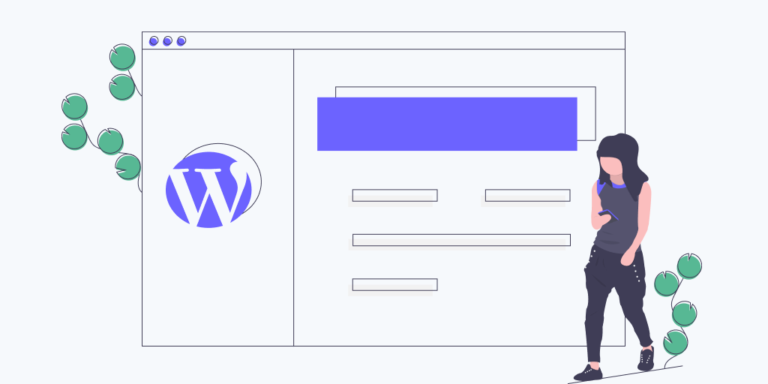How Can SEO Be Used to Generate More Traffic?
Understanding SEO:
Search engine optimization is the process of enhancing a website’s visibility in search engine organic results. When a user searches for a particular keyword or phrase, search engines like Google, Bing, or Yahoo display a list of relevant websites. The goal of SEO is to ensure that your website appears as high as possible on these search engine results pages (SERPs), as higher rankings lead to increased visibility and more organic traffic.
Keyword Research and Optimization:
Keyword research is a critical aspect of SEO. It involves identifying the words and phrases that potential visitors are likely to use when searching for products or services relevant to your website. By incorporating these keywords naturally into your website’s content, you can increase its relevance to search engines and improve its chances of ranking higher on SERPs.
On-Page Optimization:
On-page optimization refers to the optimization of individual web pages to improve their visibility and attract more traffic. This involves optimizing various elements such as meta tags, headings, URLs, and internal linking structure. By optimizing these elements with relevant keywords and ensuring a user-friendly experience, you can enhance your website’s search engine visibility and drive more organic traffic.
Quality Content Creation:
Creating high-quality, informative, and engaging content is essential for successful SEO. Search engines prioritize websites that provide valuable and relevant content to users. By regularly publishing fresh and original content that addresses the needs and interests of your target audience, you can increase your website’s visibility and attract more visitors. Additionally, incorporating relevant keywords naturally within your content can further enhance its SEO value.
Link Building:
Link building is a crucial off-page SEO strategy that involves acquiring backlinks from other reputable websites. Search engines consider backlinks as votes of confidence, indicating that your website is trustworthy and relevant. By obtaining backlinks from authoritative sources, you can improve your website’s credibility, visibility, and organic traffic. However, it’s important to focus on quality rather than quantity when it comes to link building, as search engines can penalize websites with low-quality or spammy backlinks.
Technical SEO:
Technical SEO involves optimizing the technical aspects of your website to improve its search engine visibility. This includes ensuring fast loading times, mobile-friendliness, proper URL structure, XML sitemaps, and optimized robots.txt files. By addressing these technical factors, you can provide a better user experience and increase your website’s chances of ranking higher on SERPs, ultimately driving more traffic.
Local SEO:
For businesses targeting a specific geographical area, local SEO is essential. Local SEO strategies help businesses appear in local search results when users search for products or services within a specific location. This includes optimizing your website for local keywords, creating a Google My Business profile, obtaining positive reviews, and ensuring consistent NAP (Name, Address, Phone Number) information across all online platforms. By implementing effective local SEO techniques, you can attract more local customers and drive targeted traffic to your website.
Monitoring, Analysis, and Optimization:
SEO is an ongoing process that requires continuous monitoring, analysis, and optimization. It’s essential to track your website’s performance using tools like Google Analytics and Google Search Console. These tools provide valuable insights into your website’s traffic sources, user behavior, keyword rankings, and more. By analyzing this data, you can identify areas for improvement and make data-driven decisions to optimize your SEO strategy further.
Conclusion:
Search engine optimization is a powerful tool for generating more traffic to your website. By understanding and implementing effective SEO strategies, such as keyword research and optimization, on-page optimization, quality content creation, link building, technical SEO, local SEO, and continuous monitoring and optimization, you can improve your website’s visibility, attract more organic traffic, and ultimately drive business growth. Remember, SEO is a long-term investment, and it requires consistent effort and adaptation to stay ahead of the competition in the ever-evolving digital landscape.





